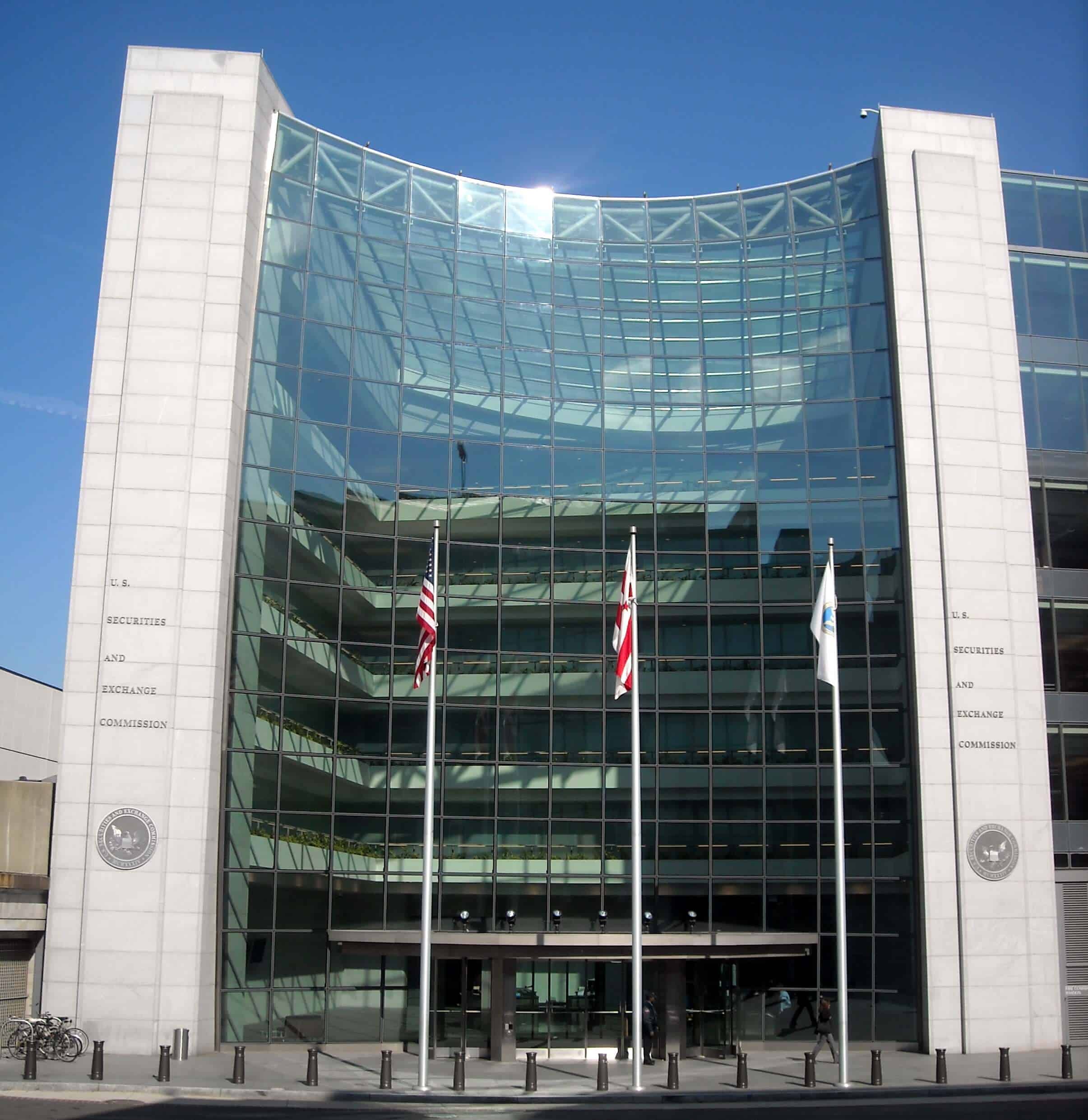Washington D.C., Jan. 24, 2024
New Rules for Investor Protections
The Securities and Exchange Commission today adopted new rules and amendments to enhance disclosures and provide additional investor protection in initial public offerings (IPOs) by special purpose acquisition companies (SPACs) and in subsequent business combination transactions between SPACs and target companies (de-SPAC transactions).
SPAC IPOs and de-SPAC transactions can be used as a means for private companies to enter the public markets. Given the complexity of these transactions, the Commission seeks to enhance investor protection in SPAC IPOs and de-SPAC transactions concerning the adequacy of disclosure and the responsible use of projections. The rules also address investor protection concerns more broadly for shell companies and blank check companies, including SPACs.
“Just because a company uses an alternative method to go public does not mean that its investors are any less deserving of time-tested investor protections,” said SEC Chair Gary Gensler. “Today’s adoption will help ensure that the rules for SPACs are substantially aligned with those of traditional IPOs, enhancing investor protection through three areas: disclosure, use of projections, and issuer obligations. Taken together, these steps will help protect investors by addressing information asymmetries, misleading information, and conflicts of interest in SPAC and de-SPAC transactions.”
Enhanced Disclosures and Responsibilities
The new rules and amendments require, among other things, enhanced disclosures about conflicts of interest, SPAC sponsor compensation, dilution, and other information that is important to investors in SPAC IPOs and de-SPAC transactions. The rules also require registrants to provide additional information about the target company to investors that will help investors make more informed voting and investment decisions in connection with a de-SPAC transaction.
The rules more closely align the required disclosures and legal liabilities that may be incurred in de-SPAC transactions with those in traditional IPOs. For example, in certain situations, the rules require the target company to sign a registration statement filed by a SPAC (or another shell company) in connection with a de-SPAC transaction. This would make the target company a “co-registrant” and assume responsibility for disclosures in that registration statement. In addition, the rules make the Private Securities Litigation Reform Act of 1995 safe harbor from liability for forward-looking statements unavailable to certain blank check companies, including SPACs.
Projections and disclosures
In connection with de-SPAC transactions, the rules include disclosure requirements related to projections, including disclosure of all material bases of the projections and all material assumptions underlying the projections. The rules also update and expand guidance on the use of projections in all SEC filings.
Effective Dates
The adopting release is published on SEC.gov and will be published in the Federal Register. The rules will become effective 125 days after publication in the Federal Register. Compliance with the structured data requirements, which require tagging of information disclosed under new subpart 1600 of Regulation S-K in Inline XBRL, will be required 490 days after publication of the rules in the Federal Register.
Mark Astarita is a nationally recognized securities attorney, who represents investors, financial professionals and firms in securities litigation, arbitration and regulatory matters, including SEC and FINRA investigations and enforcement proceedings.
He is a partner in the national securities law firm Sallah Astarita & Cox, LLC, and the founder of The Securities Law Home Page - SECLaw.com, which was one of the first legal topic sites on the Internet. It went online in 1995 and is updated daily with news, commentary and securities law related links.




